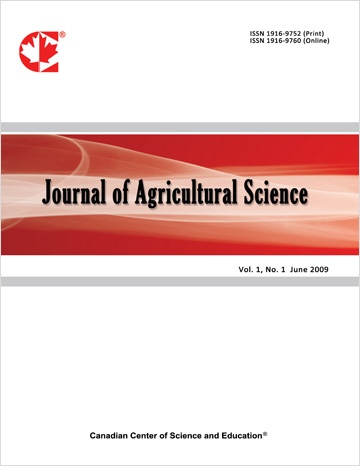Effects of Environmental Temperature and Precipitation Pattern on Growth Stages of Mangifera indica cv. Harumanis Mango
- Shaidatul Azdawiyah Abdul Talib
- Muhamad Hafiz Muhamad Hassan
- Mohd Aziz Rashid
- Zul Helmey Mohd Sabdin
- Muhammad Zamir Abdul Rashid
- Wan Mahfuzah Wan Ibrahim
- Mohammad Hariz Abdul Rahman
- Mohd Ghazali Rusli
- Syarol Nizam Abu Bakar
- Mohd Alif Omar Mustaffa
Abstract
Mangnifera indica cv. Harumanis is one of the most commercially grown mango cultivar in Malaysia due to market demand and price. However, the fruit supply never meets the demand as Harumanis is highly sensitive towards the climate and only grows in Perlis and part of Kedah. Crop productivity and development are mainly related to climatic variables where temperature and precipitation are the most importance. Temperature and precipitation distribution pattern affect flowering, fruit set, fruit growth and also fruit development. This study evaluates the relationship between temperature and precipittaion distribution pattern towards development of Harumanis growth stages including flowering and fruit development aspects in Zone 1 (area with a clear dry season up to three or four months) and Zone 2 (area with a clear dry season between one to two months). Thermal calendar based on daily and accumulated growing degree days (GDD) used to predict growth stages. Results indicate that Harumanis need a hot and dry environment (high temperature with less precipitation) during reproductive stage. However, there is no significant difference between Zone 1 and Zone 2 on the GDD required during every growth stages. On yield and fruit quality aspects, Zone 1 produced higher yield and better quality than Zone 2 due to the environmental factor even though there is no significant difference. Future study needs to be done as this information together with projection of future climate change scenarios are crucial in developing Decision Support Tool (DST) to guide the farmers in planning their crop management practices for the upcoming season.
 PDF
PDF
